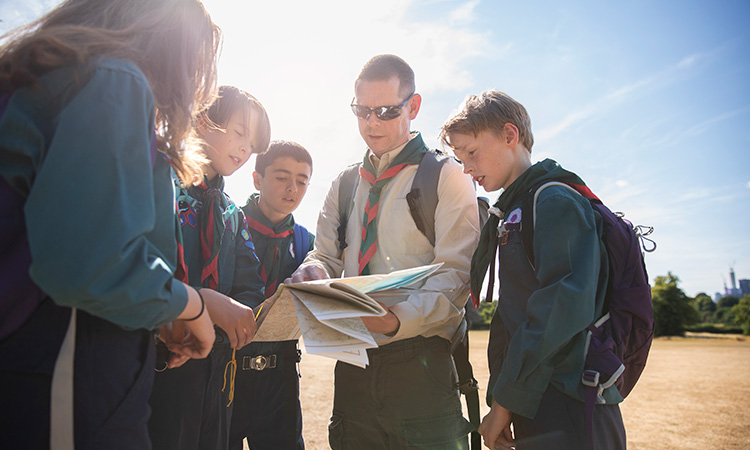
Planning a school trip is a significant undertaking, filled with both challenges and opportunities. A well-planned school trip can be an enriching, unforgettable experience for students, providing them with practical insights, expanding their world view, and creating lasting memories. However, the process of organising such a trip requires careful thought and a clear understanding of your students’ interests and needs. From getting all the paperwork ready to minimising risks, there is a lot to wrap your head around. So, you may be wondering what you can do to plan a school trip which is not only educational but also engaging and memorable. Below we’ll explore a few key points that you should consider.
Identify Learning Objectives
The first step in planning a successful school trip is to clearly identify its learning objectives. Whether it’s a visit to a local museum, a nature reserve, or an international tour, the trip should have a clear purpose aligned with the students’ curriculum. For instance, a history class could visit a local historical site to bring the past to life, while a biology class might plan a trip to a botanical garden or zoo to study different species firsthand. Defining learning objectives early on will guide the rest of your planning, ensuring the trip is educational and purposeful.
Choose The Right Destination
Selecting an appropriate destination is a pivotal step in creating a memorable school trip. The destination should align with your learning objectives and cater to the interests of your students. Consider the age group, curriculum links, and the unique experiences a destination can offer. For schools considering an international trip, companies like European Study Tours can be an excellent resource. Take a look at their school trips to America and find out how they can help you choose the perfect destination for your students. Regardless of the desired learning objectives that you have in mind for your group, European Study Tours can provide you with a variety of opportunities to explore.
Take Care Of The Logistical Details
Once learning objectives are defined, focus on planning the logistical details. This includes transport, accommodation, meals, and scheduling activities. The goal is to ensure the trip runs smoothly by minimising disruptions and maximising learning opportunities. Consider a school trip to a national park. You’ll need to arrange for transportation to the site, plan for meals, and perhaps even camp if it’s an overnight trip. Additionally, you might have to coordinate with park authorities for guided tours or workshops. Meticulous planning of these details can enhance the overall experience and allow students to focus on the educational aspect of the trip.
Incorporate Interactive Activities
Finally, to make the trip truly memorable, incorporate interactive activities that encourage students to engage actively with their environment. For example, if you’re visiting a science museum, instead of a simple walk-through, arrange for a hands-on workshop where students can conduct experiments. If it’s a trip to a historical site, a treasure hunt based on historical facts could make the visit more exciting and memorable. These interactive activities not only reinforce learning but also engage students in a fun and immersive manner.

Leave a Reply